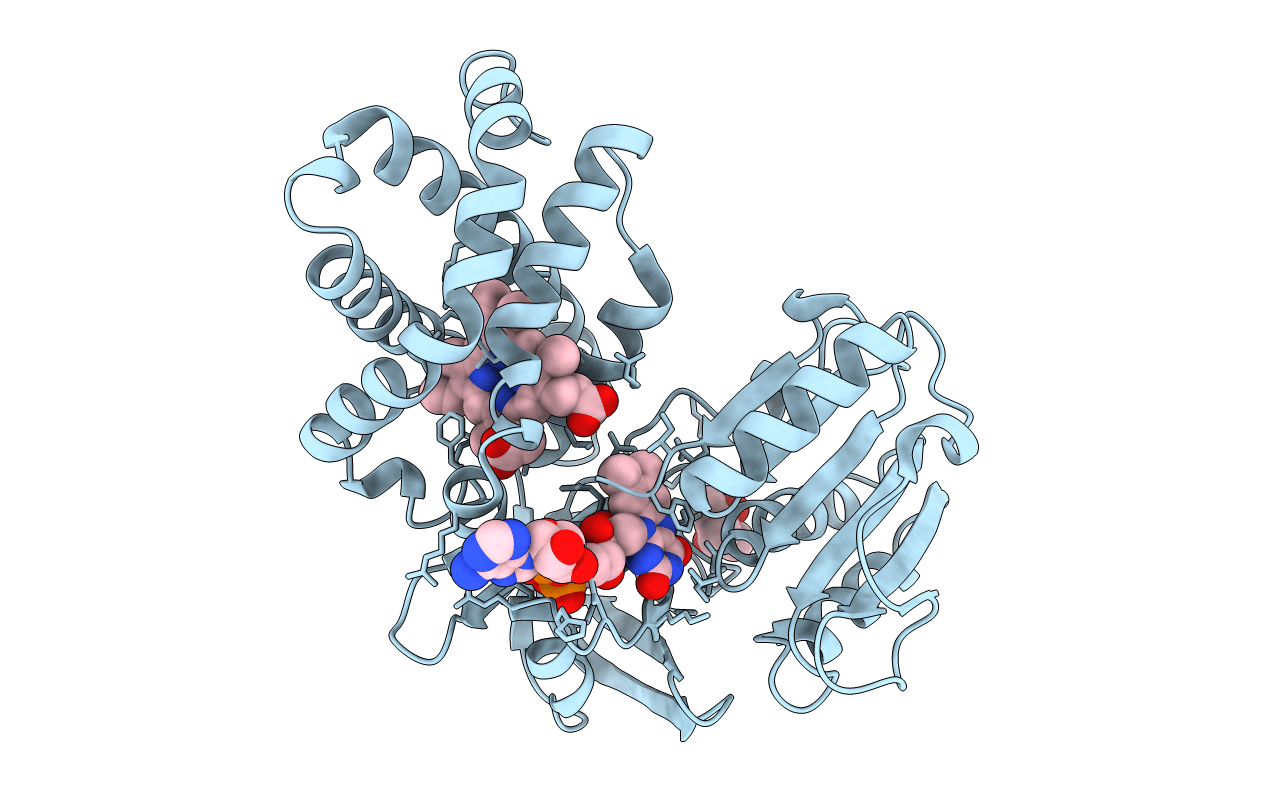
Deposition Date
2019-02-15
Release Date
2019-03-06
Last Version Date
2024-05-22
Entry Detail
PDB ID:
6O0A
Keywords:
Title:
Crystal structure of flavohemoglobin from Malassezia yamatoensis with bound FAD and heme determined by iron SAD phasing
Biological Source:
Source Organism:
Malassezia yamatoensis (Taxon ID: 253288)
Host Organism:
Method Details:
Experimental Method:
Resolution:
1.70 Å
R-Value Free:
0.19
R-Value Work:
0.16
R-Value Observed:
0.16
Space Group:
P 21 21 2


